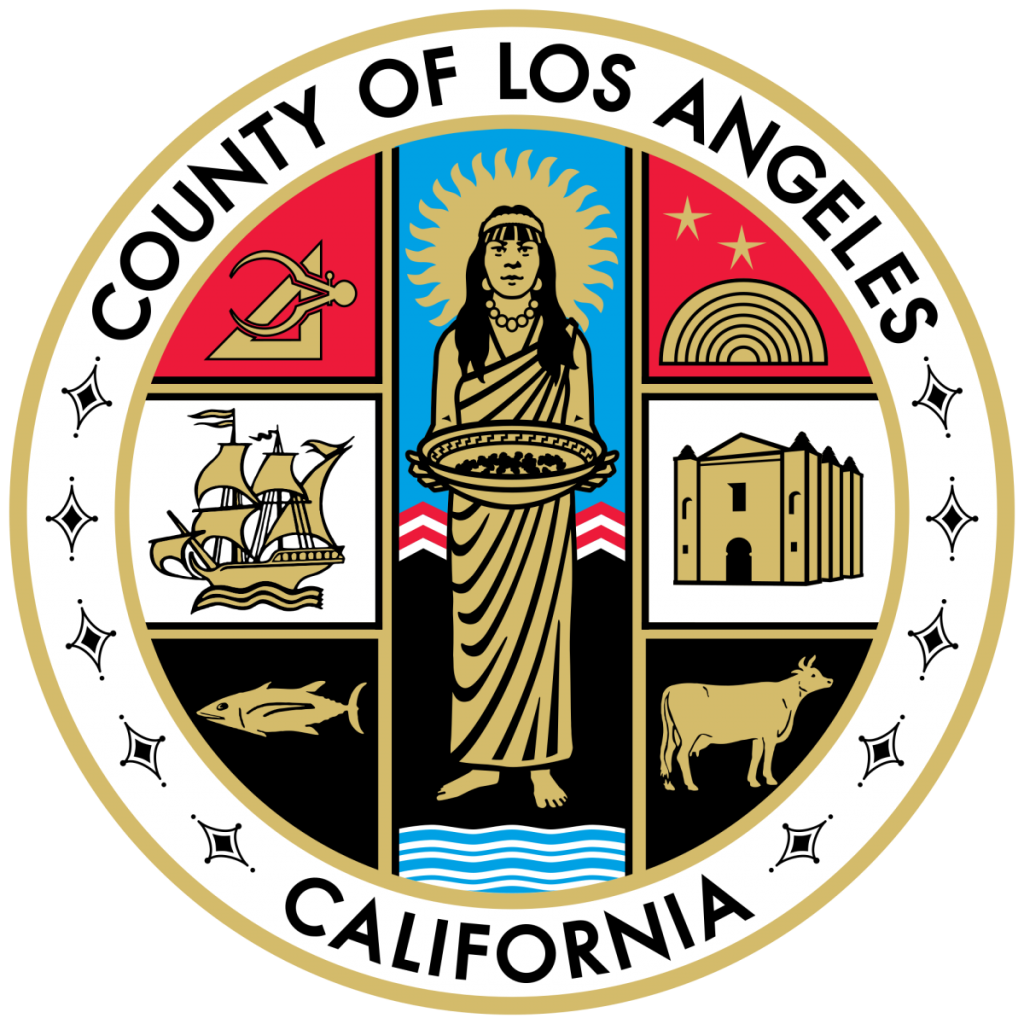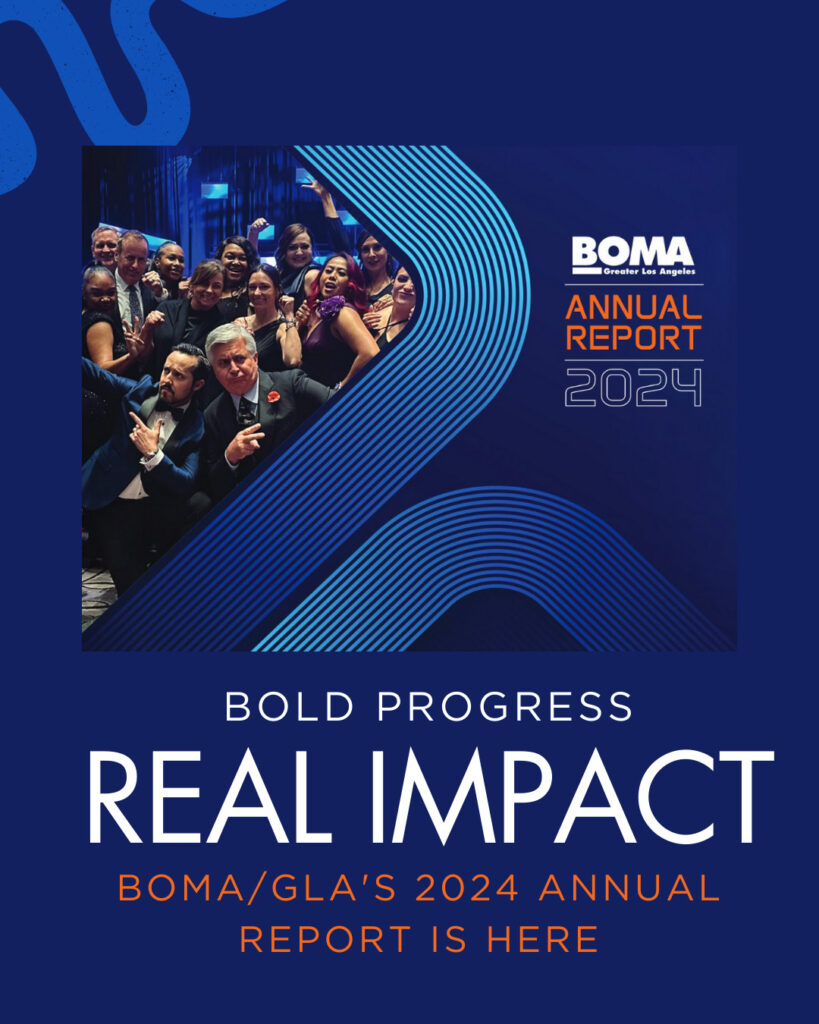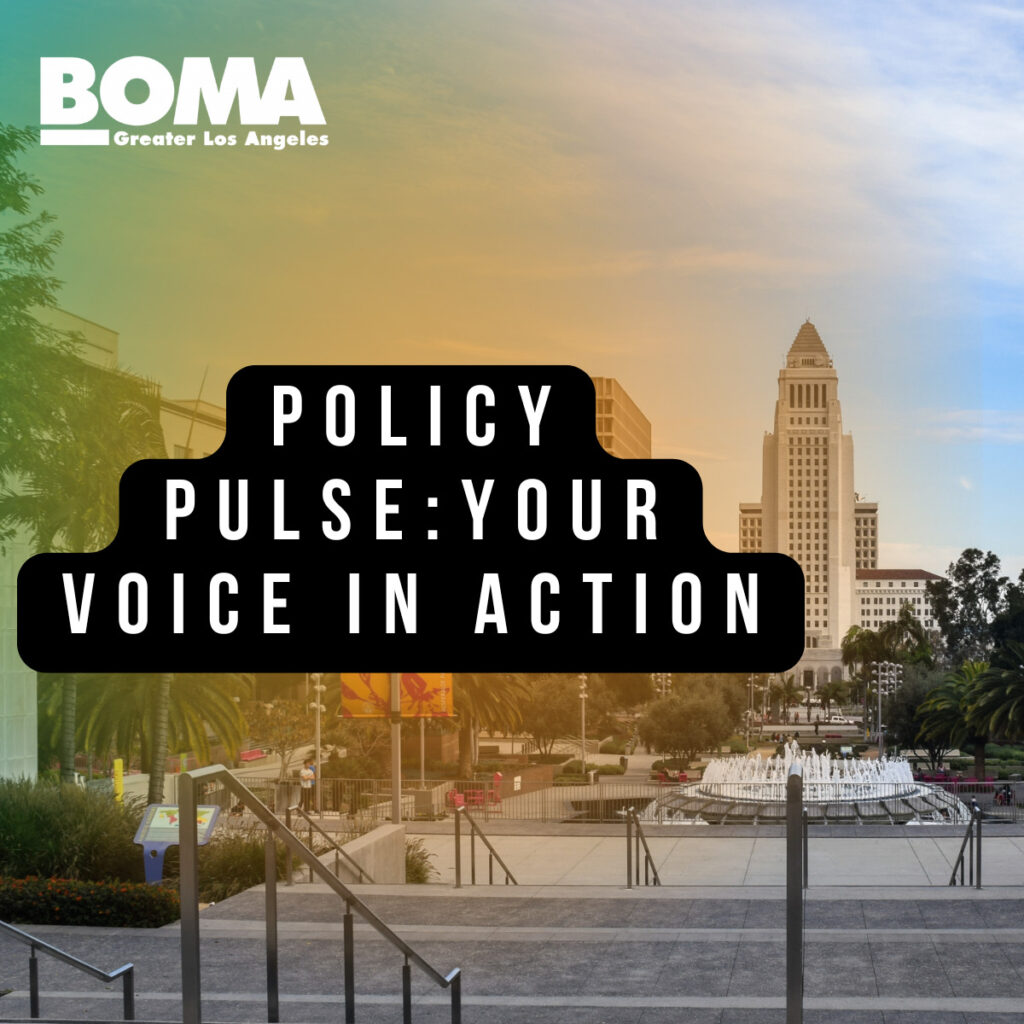Los Angeles County Adopts the 2025 OurCounty Sustainability Plan

As global leaders convene for the Conference of Parties (COP30) in Brazil, the Los Angeles County Board of Supervisors has adopted the 2025 update to its OurCounty Sustainability Plan.
The revised plan outlines new priorities for climate resilience, housing stability, and environmental justice—initiatives that could shape future regulations, infrastructure projects, and building standards across the region.
What You Need to Know
Originally adopted in 2019, the OurCounty Sustainability Plan serves as the County’s long-term framework for achieving environmental, economic, and social sustainability goals.
The 2025 update reaffirms Los Angeles County’s commitment to reducing emissions, advancing equity, and strengthening community resilience in the face of climate change.
Key updates include:
57 new actions across 12 goal areas focused on climate resilience, housing, and environmental justice.
Integration across County departments, including Economic Opportunity, Youth Development, and Homeless Services and Housing, to embed sustainability throughout government operations.
Progress tracking and regular updates, requiring annual reports and a full plan revision every five years.
Major County investments in sustainability initiatives, including:
$134.2 million in new Stormwater Investment Plans to expand regional water capture and management projects.
Ongoing efforts to phase out oil and gas extraction in unincorporated areas.
Transitioning hundreds of thousands of residents to 100% renewable energy through the Clean Power Alliance.
Over $1 billion invested in stormwater capture and reuse through Measure W.
How It Impacts You
For commercial real estate professionals, the 2025 OurCounty Plan signals a continued emphasis on sustainability, energy efficiency, and water management across Los Angeles County. These policies could lead to:
- Stricter building performance standards and expectations for retrofits that improve energy and water efficiency.
- Increased availability of funding and incentives for property owners investing in green infrastructure, renewable energy, or stormwater improvements.
- Greater coordination between County agencies and property stakeholders on issues like resilience planning, sustainability reporting, and tenant protections.
- New compliance expectations as the County aligns local ordinances with broader state and federal climate goals.
As sustainability planning becomes more embedded in local policy and investment decisions, property managers and service providers should monitor implementation closely—particularly regarding stormwater management requirements, building performance standards, and renewable energy programs.
Stay Connected
BOMA/GLA will continue to monitor developments on BOMA on the Frontline and advocate for sustainability policies that are practical, cost-effective, and considerate of the operational realities facing the commercial real estate industry.
Get involved by joining our Codes and Regulations or Sustainability Committees for ongoing updates and insights.


